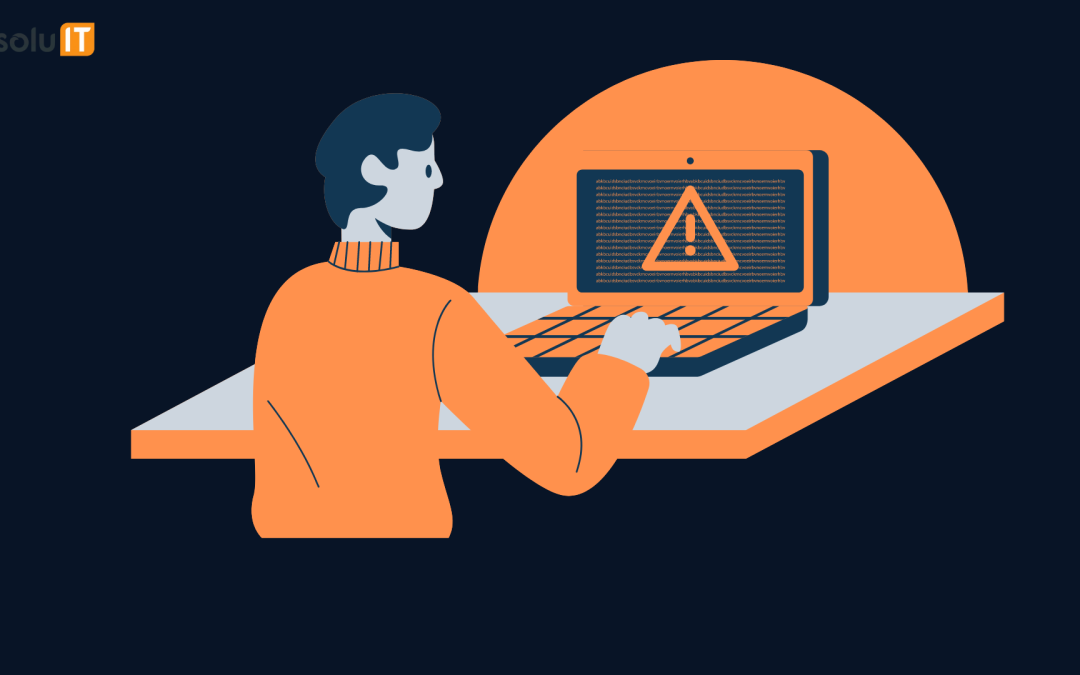Understanding the Ransomware Threat
What to do After a Ransomware Attack. Ransomware attacks are a nightmare scenario for any individual or organization. These malicious software strains encrypt your valuable files and data, demanding a ransom payment for their release. The aftermath of such an attack can be devastating, but with a well-prepared recovery plan, you can minimize the damage and get back on track.
Immediate Steps After a Ransomware Attack
-
Isolate Infected Systems: Disconnect all compromised devices from your network to prevent the ransomware from spreading further. This includes unplugging ethernet cables and disabling Wi-Fi.
-
Preserve Evidence: Document the attack thoroughly, noting the date and time, ransom note details, and any identifiable information about the ransomware strain.
-
Don’t Pay the Ransom: While the temptation to pay is strong, experts advise against it. Paying doesn’t guarantee file recovery and may only encourage more attacks.
-
Report the Crime: Notify your local law enforcement agency or cybercrime unit. Reporting the attack helps authorities track these criminals and potentially develop solutions.
-
Assess the Damage: Determine the extent of the attack, identifying which files and systems are affected. Prioritize the recovery of critical data and systems.
Technical Recovery Options
-
Restore from Backups: If you have up-to-date and secure backups, restoring your data from them is the most reliable way to recover without paying the ransom.
-
Decrypt Files (If Possible): Some ransomware strains have decryption tools available. Research online resources and cybersecurity forums to see if one exists for your specific ransomware.
-
Seek Professional Help: If you’re not tech-savvy or the attack is complex, engage cybersecurity experts or incident response teams. They have the tools and expertise to help you recover.
-
Clean Infected Systems: Thoroughly scan and clean affected devices to eliminate any remaining traces of the ransomware or other malware. Reinstalling the operating system may be necessary in some cases.
Legal and Compliance Considerations
-
Legal Counsel: Consult legal professionals to determine your reporting obligations and potential liability issues.
-
Data Breach Notifications: If personal data was compromised, you might need to notify affected individuals and regulatory authorities.
-
Insurance Claims: Review your cyber insurance policy and file a claim if ransomware attacks are covered.
Prevention Is Key: Strengthening Your Defenses
-
Regular Backups: Implement a comprehensive backup strategy that includes offsite and offline copies of your data. Test your backups regularly to ensure they are functional.
-
Security Awareness Training: Educate your employees about ransomware and phishing scams. Regular training helps them recognize threats and avoid falling victim.
-
Software Updates: Keep all software, including operating systems and security applications, updated with the latest patches.
-
Network Segmentation: Divide your network into segments to limit the spread of ransomware in case of an attack.
-
Endpoint Protection: Deploy robust endpoint security solutions that include antivirus, anti-malware, and intrusion detection systems.
-
Access Controls: Enforce strong passwords, multi-factor authentication, and the principle of least privilege to restrict access to sensitive data.
-
Incident Response Plan: Develop a comprehensive incident response plan that outlines procedures for detecting, responding to, and recovering from ransomware attacks.
Conclusion
Recovering from a ransomware attack is a complex and challenging process, but it is not impossible. By taking swift and decisive action, following the guidelines outlined in this guide, and implementing robust preventative measures, you can minimize the damage and restore your systems and data to a safe and operational state. Remember, the key to a successful recovery lies in preparedness, prompt action, and a comprehensive approach that addresses all aspects of the incident.
While the immediate aftermath of a ransomware attack can be overwhelming, it’s important to remain calm and focus on the recovery process. Don’t hesitate to seek professional help if needed, as cybersecurity experts can provide valuable guidance and support throughout the recovery process. Additionally, remember that prevention is the best defense against ransomware attacks. By implementing robust security measures, educating your employees, and staying vigilant, you can significantly reduce the risk of falling victim to these devastating attacks.
In conclusion, ransomware attacks are a serious threat, but they are not insurmountable. By being prepared, acting quickly, and following best practices, you can protect your data, minimize the impact of an attack, and ensure the continuity of your operations. Remember, cybersecurity is an ongoing process, and staying ahead of the curve is crucial in the fight against ransomware and other cyber threats.
